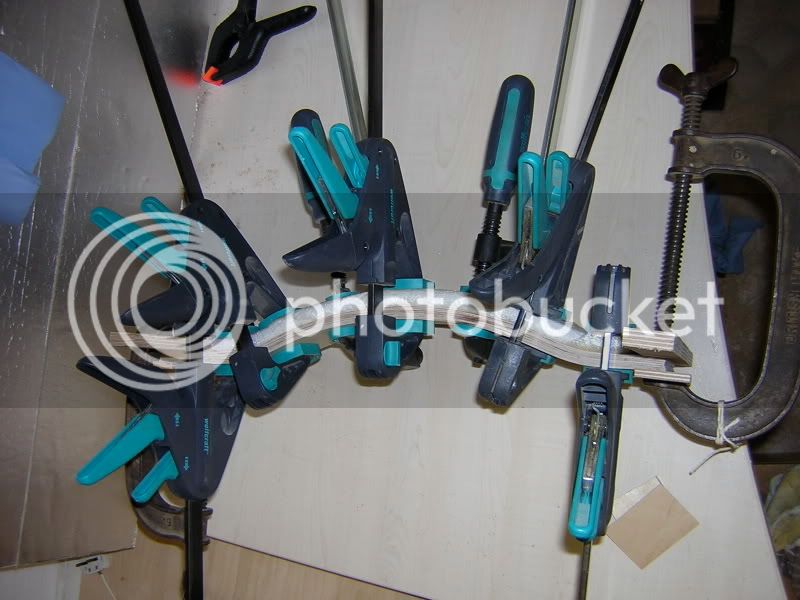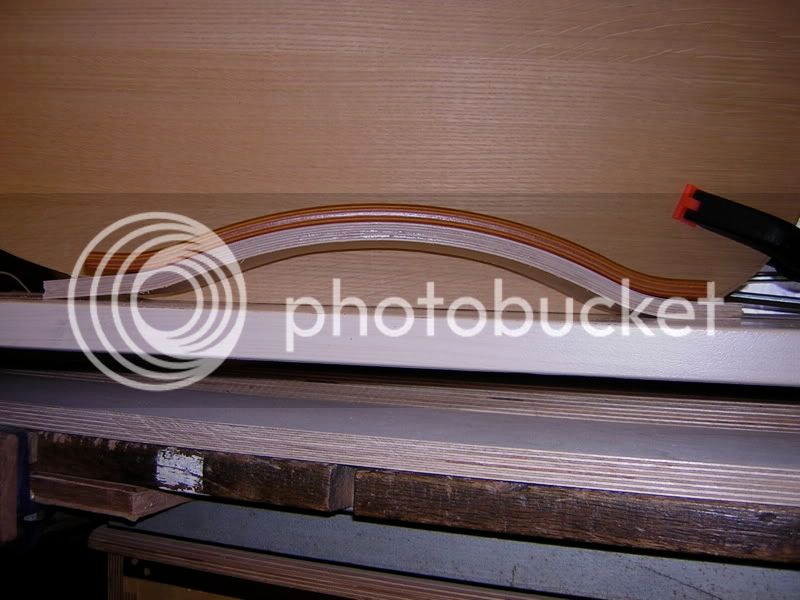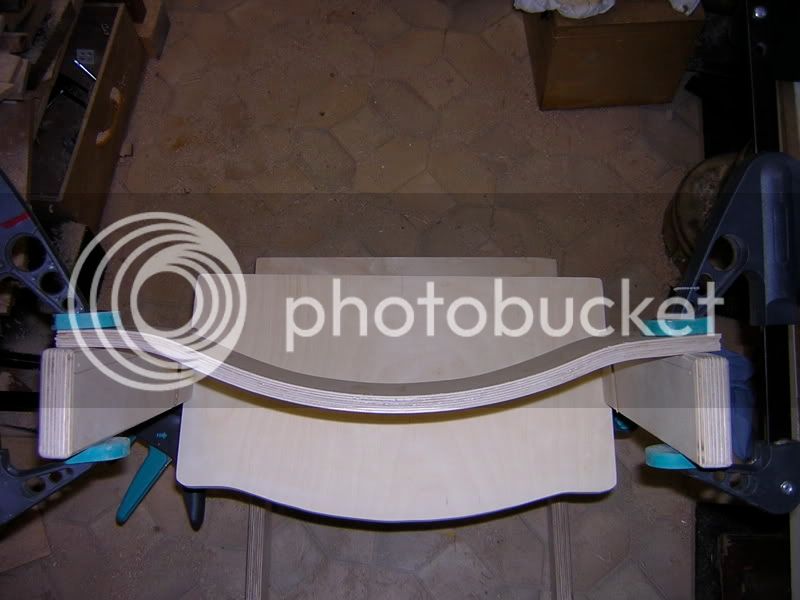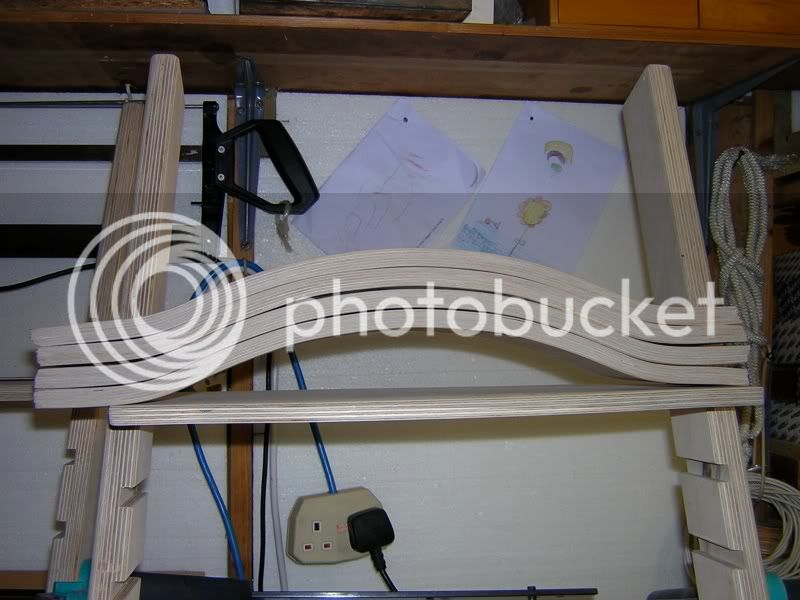dedee
Established Member
I'm slowly but surely making progress with my Tripp Trapp chairs. The sides have been laminated and the seats and foot rests cut to size.
My attention is fixed now on making the curved back rests. I have cut the 1.5mm ply to size and I will be using 7 layers.
If I were to use an existing back rest as a former how close to the original shape should I expect my laminated piece to be?
Andy
My attention is fixed now on making the curved back rests. I have cut the 1.5mm ply to size and I will be using 7 layers.
If I were to use an existing back rest as a former how close to the original shape should I expect my laminated piece to be?
Andy




































